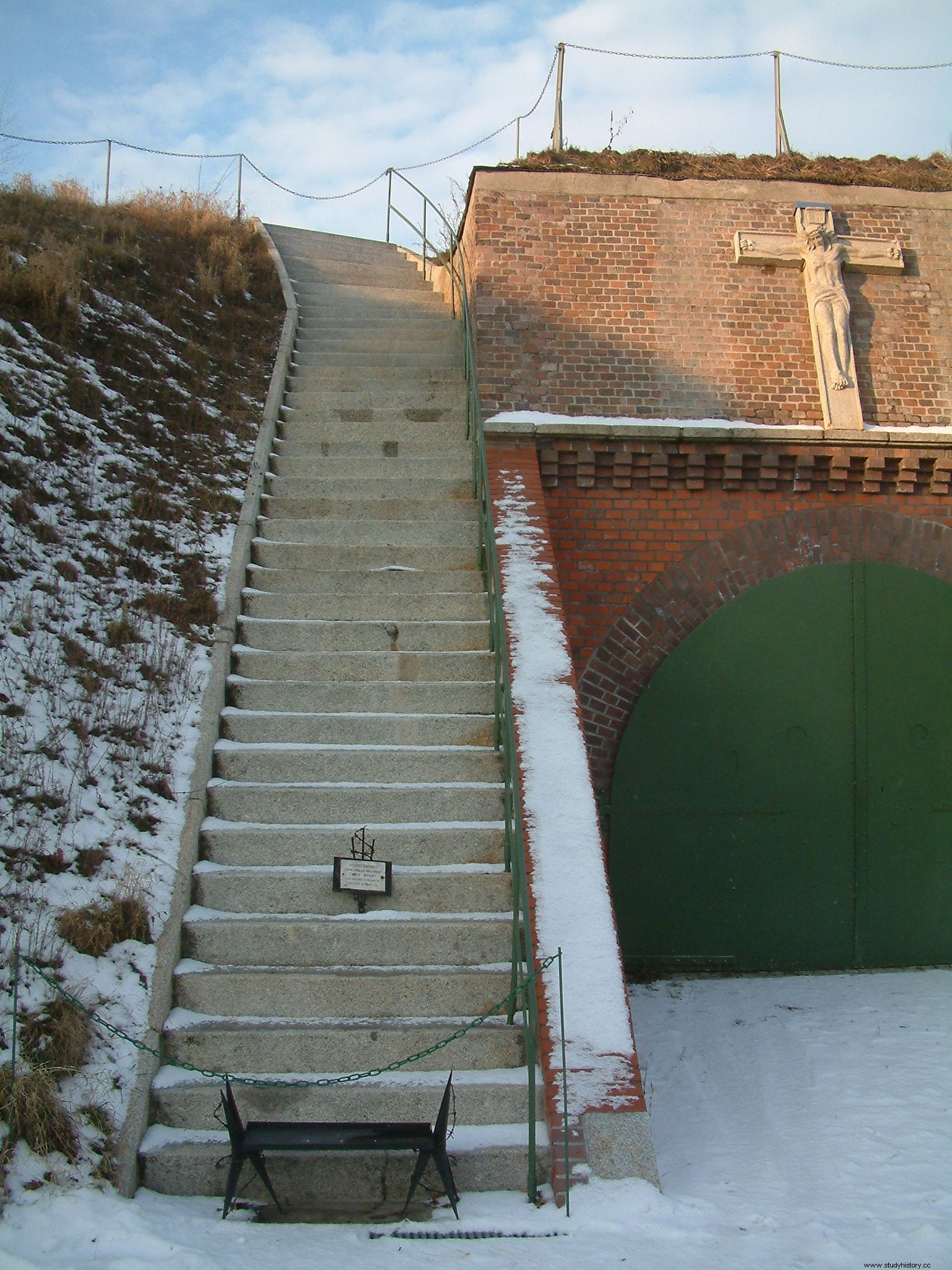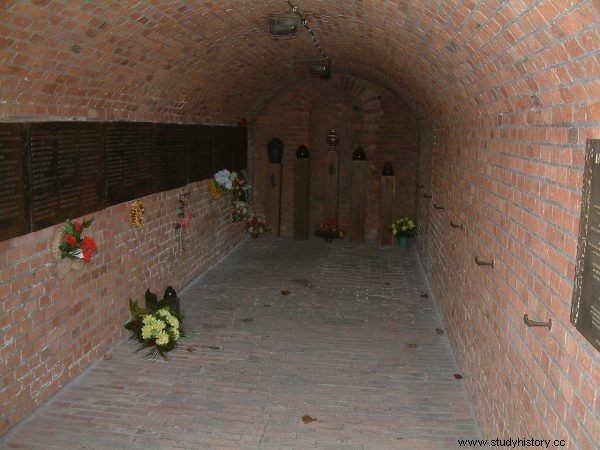The camp was established on the Vistula Spit on September 2, 1939. He functioned in Gdańsk until the wayward Poles were eliminated. In Poznań - in the forgotten Fort VII - the first inhuman tests with gas chambers were carried out.
The first German camps were established in the earliest days of the September campaign. These were temporary camps subordinate to the Einsatzgruppen der Sicherheitspolizei, or special operational groups of the security police. They were created as part of the so-called "Tannenberg" action in order to isolate "the most fanatical defenders of Polishness" from their subsequent extermination or deportation to concentration camps in the Reich.
The first days of the war, the first camps
On September 2, 1939, a camp for civilian prisoners of war, survivors of pogroms organized by the Einsatzgruppen formations in Gdańsk Pomerania, was established near the village of Stutthof on the Vistula Spit.
In the Free City of Gdańsk itself, between September 1 and 15, a German police transit camp operated in the building of the Victoriaschule girls' secondary school. About 3,000 Poles passed through it. Another place of isolation for our citizens were the barracks in the Gdańsk district of Nowy Port.
Fort VII. Auschwitz in Greater Poland
The most famous temporary police camp was the one organized in Fort VII in Poznań, initially called Konzentrationslager-Posen, subordinate to Einsatzgruppe VI. It was established on October 10, 1939. In the following month, its name was changed from a concentration camp to a Gestapo temporary camp and was subordinated to the head of the Poznań structures of this secret Nazi police.

The so-called "stairs of death" in Fort VII.
The conditions in Fort VII were catastrophic. The detainees were kept in low, damp, windowless rooms - most of them unheated and poorly lit. There was a terrible stuffiness there, caused by the crowding of a large number of people in a small area. The disgusting stench coming from the buckets used by the prisoners to take care of their physiological needs was also a symptom. There was no equipment in the cells. For sleeping there was a rarely changed straw, which was spread over the concrete floor.
In the camp, the prisoners were consistently starved. Breakfast consisted of a cup of coffee and a piece of dry bread. Lunch was half a liter of soup, in which from time to time you could find a bit of groats or swede. Only coffee was served for dinner. In later years, even these meager portions were limited and prisoners were fed only twice a day.
Dirt, malnutrition, and ubiquitous vermin made disease. The inmates suffered mainly from scabies and phlegmon - acute purulent intra-tissue inflammation manifested by high fever, severe pain and swelling. It was a disease that plagued people imprisoned in all German camps on a mass scale.
With general exhaustion and avitaminosis, the human body showed an inability to fight bacterial infections caused by cuts or even small abrasions. Untreated phlegmon could cause general infection in the body and death. The treatment required a suppuration incision, cleaning the wound and applying a sterile dressing, which was absolutely impossible in the conditions prevailing in Fort VII.
The camp health service did not exist. If there were Polish doctors among the prisoners, they tried to help starving and battered compatriots to the best of their ability, but they did not have any equipment, dressings or disinfectants.
When one of the torturers got tired of beatings, another one took his place
German guards constantly used physical violence against the prisoners of Fort VII. Wachmans were initially recruited from among Wielkopolska Volksdeutsche. They were cruel and brutal sadists who liked to torture prisoners, humiliate them, abuse them and murder them:
The lights were turned off and the cell was silent. The roars and singing of the drunken Gestapo, feasting in the canteen were heard more and more clearly, the roars seemed to be getting closer and closer. (…) Tumult, creaking of the cell doors opened, words of command, insults, curses, dull cracks and beatings, groans of the tortured, laughs of the Gestapo men, revolver shots (…). We felt that tonight would be horrible. A moment later a light flashed in the cell. (…)
We got out of the lairs and like crazy, hitting each other and hitting each other, we stood in two rows. (...) they were called from the ranks at once the first one on the bank. (...) they started beating him with a reed cane. He was ordered to count the strokes out loud. When he made a mistake or groaned, they started over. One by one was taken. When one of the tormentors got tired of beating, the next one took his place. Anyway, others, apparently impatient with the long duration of the execution, started to punch us where we fell.

Bunker number 17 in Fort VII in Poznań. It was the Germans who installed the gas chamber.
One of us broke his jaw as a result. The poor fellow could neither speak nor eat later. When he fell down during torture, he was kicked (...). And the 60-year-old Dean M. fainted twice and got 45 sticks.
After the end of Operation Tannenberg in the spring of 1940, members of the Polish underground began to find their way to the casemates of Fort VII. It was also here that experiments with the use of the first gas chambers in Poland were carried out.
The camp was liquidated in the spring of 1944. Several thousand Poles died within its walls or during mass executions in the nearby forests.
Bibliography:
The article is an excerpt from the book by Dariusz Kaliński entitled "Balance of harms. What the German occupation of Poland really looked like. ”
